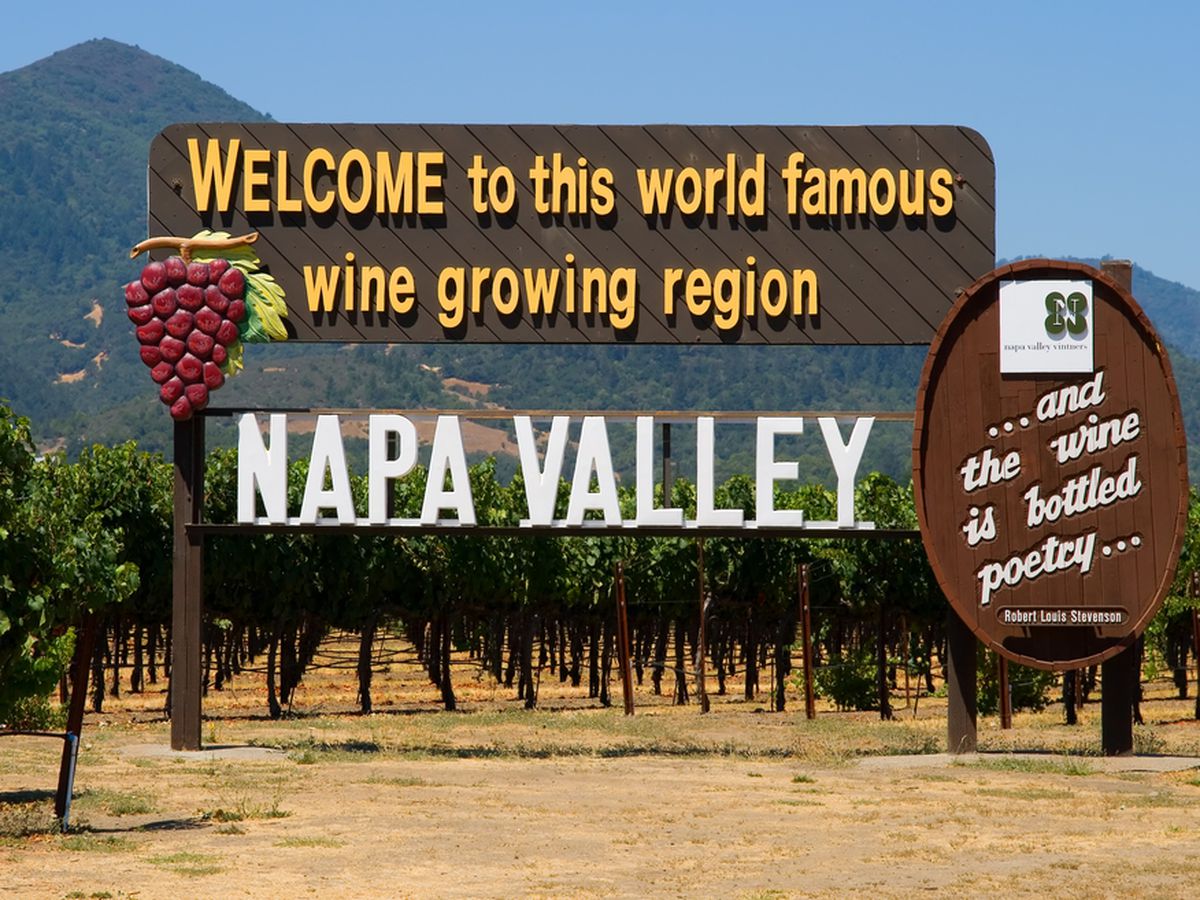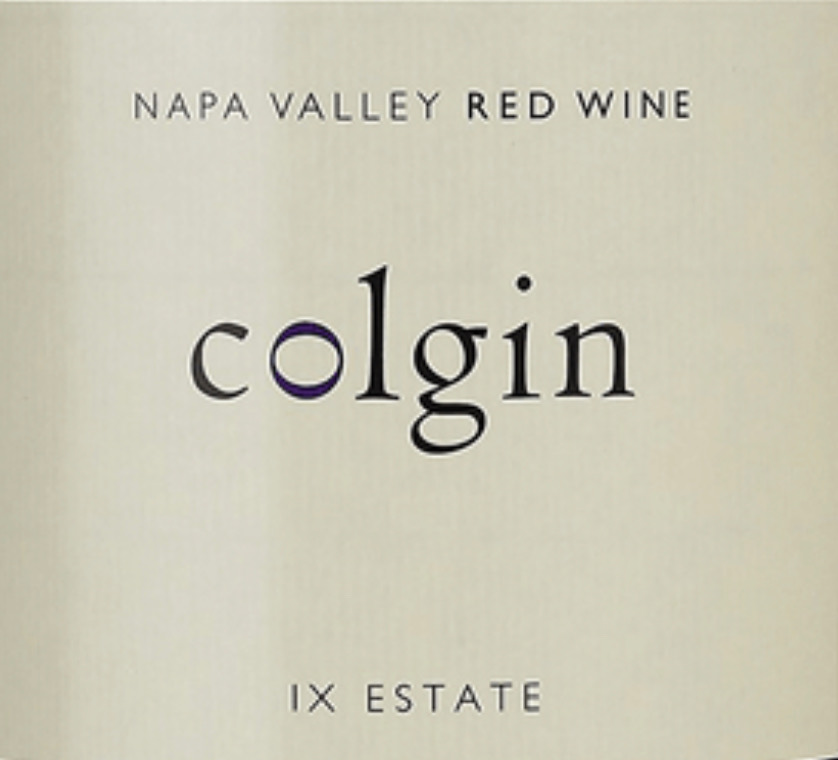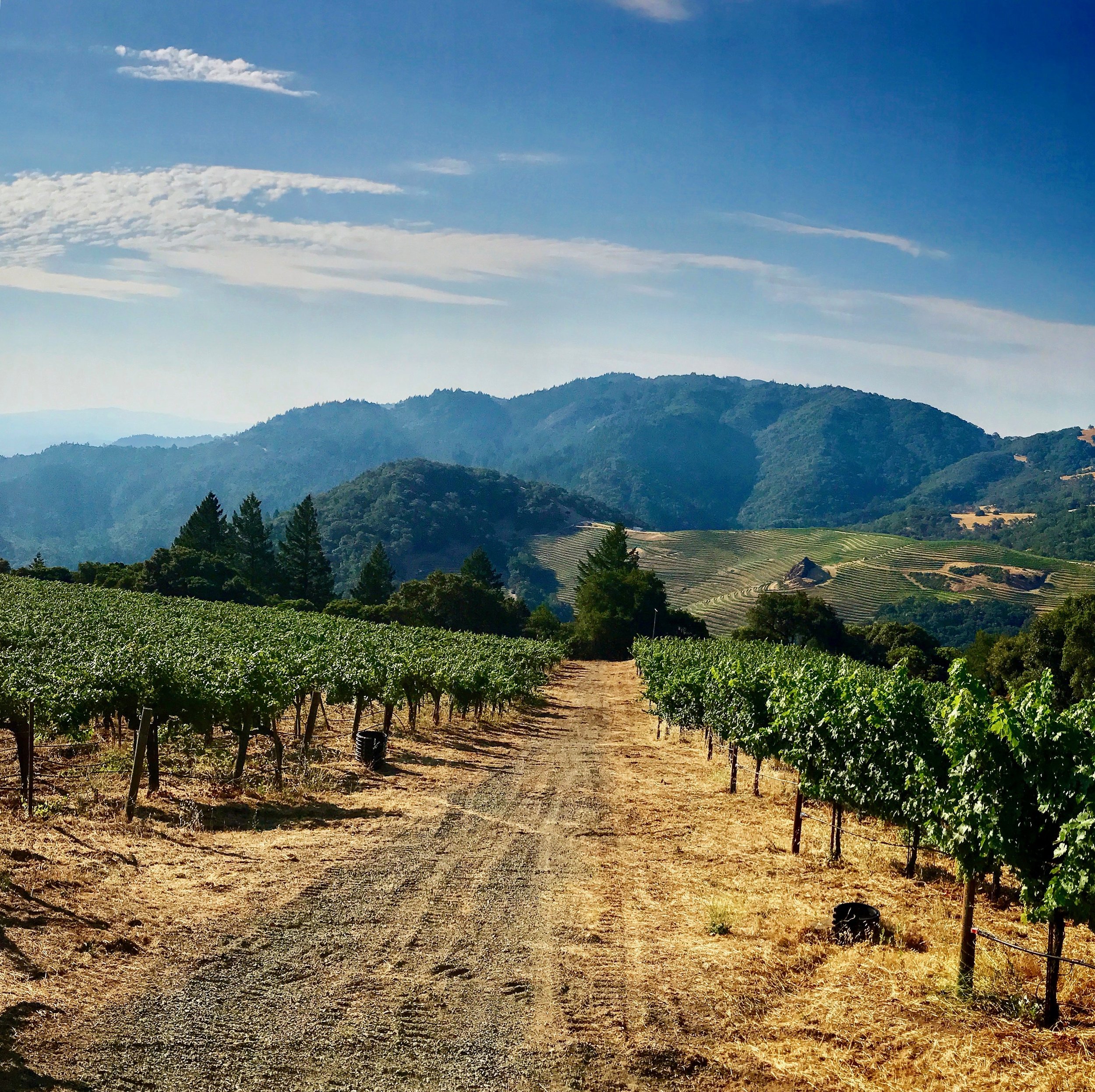Know Before You Go - Ten Fascinating Facts About Napa Valley
/Nobody would accuse the Napa Valley wine region of being a shrinking violet. Heading north or south on Highway 29 visitors are greeted by two large wooden welcome signs (13 miles apart from each other) that announce Napa’s status as “world famous” and its wine as “bottled poetry.” No false modesty here! Big and bold is how they do it in Napa, including the iconic, powerful and fruit-forward “Napa Cab.”
But it’s not just exaggerated marketing hype. Napa Valley is, in fact, one of the world’s most famous wine growing regions. You would be hard-pressed to find a wine drinker who isn’t familiar with, at the very least, Napa’s popular Cabernet Sauvignons and Chardonnays. And as a destination, Napa Valley is a wine and food lover’s delight with top-notch wineries and restaurants greeting you at every turn of the scenic, winding road. Before you go, brush up on these ten fascinating facts about the Napa Valley.
Map of California, highlighting Napa County
1) Napa Valley is one of the smallest wine-growing regions in the United States: Only 3.25% of all U.S. wine comes from Napa Valley.
2) In 1981, Napa became the second American Viticultural Area (AVA) after the Augusta AVA in Missouri — who knew?!
3) Napa wines earned their fame in The 1976 Judgement Of Paris when a panel of French judges, in a blind tasting, voted the 1973 Chateau Montelena Chardonnay and the 1973 Stag’s Leap Cabernet Sauvignon as the top white and red, beating out the French competitors.
4) Napa is home to most of the California “cult wines.” These over-the-top-priced wines — Screaming Eagle, Harlan Estate, and Colgin Cellars, to name a few — are made in such small quantities that they’re not easy to find even if you have money to burn. While the value of these cult wines is debatable, there’s no denying that these elusive wines are of very high quality; meticulously produced from grapes grown in the best sites of Napa Valley.
5) Contrary to its reputation for having mega-sized wineries owned by large corporations, most of Napa’s 450+ wineries are small, family-owned properties. 80% make fewer than 10,000 cases of wine annually.
The Vineyards of Cain Winery are planted with the classic varieties of Cabernet Sauvignon, Cabernet Franc, Merlot, Malbec, and Petit Verdot. 10,000 cases are produced annually.
The Mi Sueño Winery portfolio (less than 10,000 cases per year) includes Chardonnay, Pinot Noir, Cabernet Sauvignon, Syrah, Tempranillo, Petit Verdot, and Malbec.
6) Napa Valley’s dry Mediterranean climate is shared with only 2 percent of the earth’s surface.
7) Napa Valley is one of the most geologically diverse wine regions with a vast array of volcanic, sedimentary, and marine soils created by geological events that occurred over the last 150-million years.
8) More than 36 different wine grape varieties grow in Napa County. The region is world-renowned for its big, rich Cabernet (50% of Napa’s plantings) and full-flavored, buttery Chardonnay (15%), but many other top varieties are grown here, including Merlot (11%), Sauvignon Blanc (6%), Pinot Noir (6%) and Zinfandel (3%). A small amount of unexpected grape varieties also grow in Napa: Barbera, Grenache and Tempranillo, to name a few.
9) Napa Valley crafts some extraordinary sparkling wine in the same way that Champagne is made, the “méthode traditionelle” a labor-intensive process in which the wine undergoes a secondary fermentation in the bottle.
Frank Family Vineyards Brut rosé, a blend of Pinot Noir and Chardonnay, is a vibrant, well-balanced sparkler.
Schramsberg. an iconic Napa sparkling wine producer, makes a delicious Blanc de Blancs (100% Chardonnay). elegant and savory with a fine and delicate mousse. Image courtesy of Schramsberg
10) The scenic 30-mile drive north from the town of Napa to Calistoga passes through some of the most expensive viticultural land in the world. Fifty years ago, the average cost per acre of land was $1,000. Today the average price for top vineyard sites is about $310,000 per acre.
Spectacular Views from Cain Vineyards





































